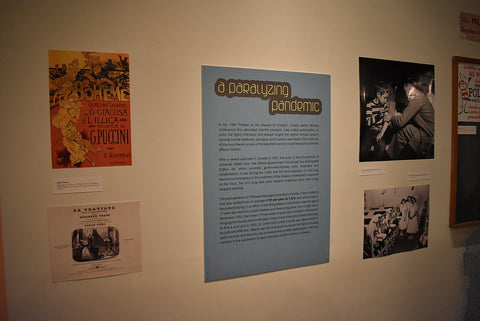
ONLINE EXHIBITION
A Paralyzing Pandemic
In his 1784 “Treatise on the Diseases of Children”, London doctor Michael Underwood first described infantile paralysis. Later called poliomyelitis, or polio, the highly infectious viral disease targets the central nervous system, causing muscle weakness, paralysis, and in some cases death. Polio was one of the most feared viruses of the twentieth century in part because it primarily affects children.
After a severe outbreak in Canada in 1937, and prior to the introduction of universal health care, the Alberta government introduced the Poliomyelitis Suffers Act, which provided government-funded polio treatment and rehabilitation. It was during the 1930s that the tank respirator, or iron lung, became commonplace in the treatment of the disease. Developed in response to the virus, the iron lung kept polio patients breathing when their lungs stopped working.
The polio epidemic of 1953 was the largest recorded in Canada. Cases in Alberta that year spiked from an average of 81 per year to 1,472, with almost one in ten patients dying. In an effort to halt the epidemic, individuals under the age of 17 were banned from public theatres and swimming pools. On a single day in November 1953, there were 13 new cases of polio documented in Edmonton, bringing the six-day total to 40 cases. Doctors and scientists worked frantically to find a cure and in 1955, Dr. Jonas Salk’s polio vaccine was determined to be safe and effective. Alberta was the first province to join the field trial using Salk’s vaccine, and the only one to have province-wide participation. The trial resulted in the vaccination of approximately 50,000 children in Alberta.


